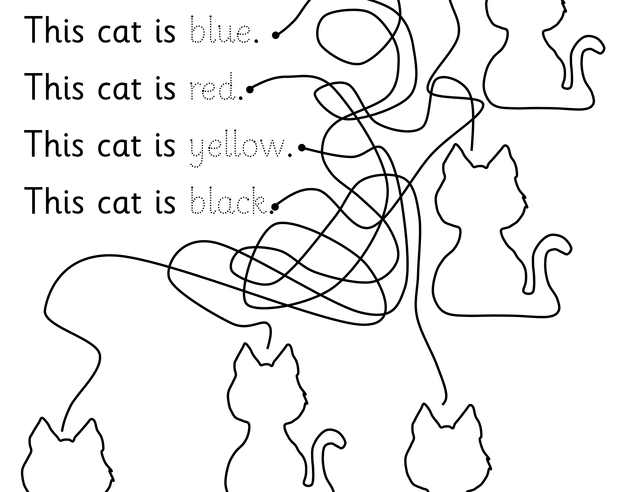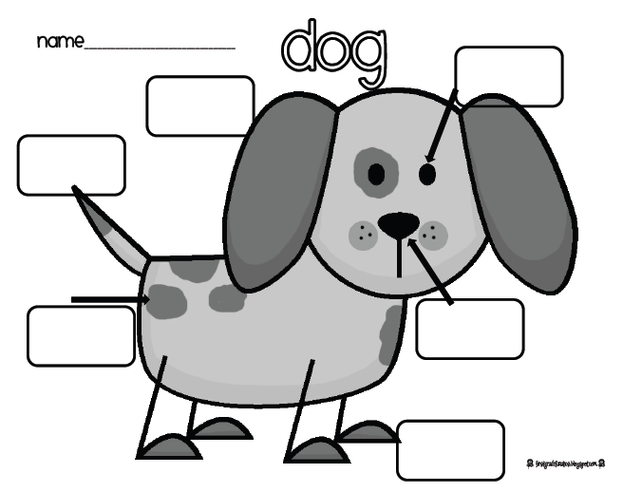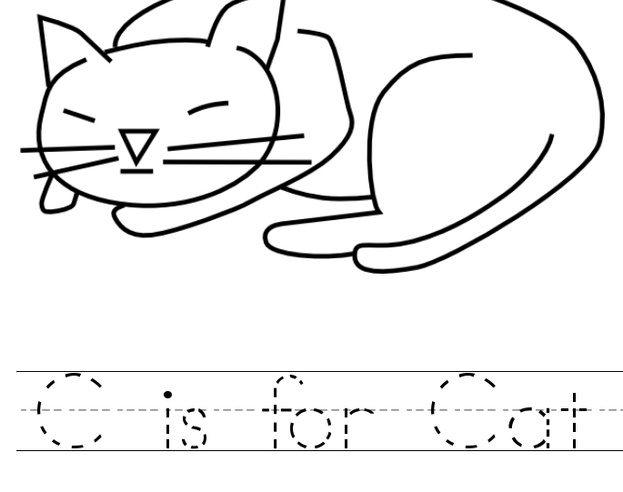
Dog & Cat Barn
Dogs
In the United States alone, the AKC's dog breed list currently includes 195 dog breeds. Worldwide, the FCI lists over 360 officially recognized breeds.
According to AKC, these are the top 10 dog breeds:
1. Labrador Retriever
2. German Shepherd
3. Golden Retrievers
4. French Bulldogs
5. Bulldogs
6. Beagles
7. Poodles
8. Rottweilers
9. German Shorthaired Pointers
10. Yorkshire Terriers

How dog judging works
In a dog show, judges aren't merely comparing the dogs to each other. Rather, they judge each dog against the parameters of the idealized version of its breed. In other words, when the judge looks at your poodle, Fluffy, he is comparing Fluffy to the written standards of the ideal poodle. The standards address various body parts and attributes, including:
Balance: overall appropriate proportions in size
Weight
Size
Eyes: color, size, shape
Ears: shape, length, position
Head: shape
Muzzle: shape, length
Whiskers: thickness
Teeth: kind of bite (e.g. level or scissors bites)
Tail: how it arches and sets (e.g. how high or low)
Shoulders: bone, muscle
Legs: muscles, stance, proportionality
Coat: texture, length
Color: accepted breed colors
A judge will use his hands to inspect the dog's body, including its bones and muscles. In addition to assessing physical characteristics like these, judges assess the dog's walk (gait) and attitude. For instance, criteria might require that the dog's attitude be cheerful, as for the beagle, or proud, as for the poodle.
Agility trials involve several obstacles in which the dog performs various tasks, including jumping over poles, running through tunnels, and weaving through posts. Judges decide what order the dogs must go through each task and show the handlers in advance. Then, with or without a leash, the handler leads the dog through the course, letting it know where to go next. Meanwhile, the judges time how long it takes the dogs to complete the trial and deduct points for any faults.
In obedience trials, dogs must follow exercises by taking commands from their handlers. The AKC regulates these exercises and judges award points based on those regulations. The difficulty of these tasks depends on the level at which the dog is competing. Levels include novice, open, and utility. For instance, a dog must be able to follow beside its handler while keeping the same speed, as well as stand and sit for extended periods. More advanced exercises include performing jumps, retrieving items, and distinguishing its handler's scent on items. In another task, the dog must obediently follow its handler's hand signals without any verbal cues.
Why was the dog stealing shingles?
-He wanted to become a woofer!
.jpg)
.jpg)

Cats
Most cats are just classed as domestic shorthairs or longhairs. And if you ask a cat owner, they might struggle to name the breed of their beloved pet. However, you might be surprised to know that the Cat Fanciers Association (CFA) states there are 44 cat breeds. And every year at least one is added to the list.
The top 10 cat breeds in the United States:
1. Persian
2. Maine Coon
3. Exotic Shorthair
4. Siamese
5. Abyssinian
6. Ragdoll
7. Domestic Shorthair
8. Oriental Shorthair
9. Manx
10. Sphynx

What do you call a pile of kittens?
-A meowntain
How cat judging works
Much like dog shows, the judges at cat shows compare cats to their breed standard. Organizations like the CFA establish standards for every cat breed. These standards specify how an ideal cat of a breed would look and act. The more standards a competing cat fulfills, the better it will score.
Cat shows are a slower-paced show, then a dog show. They need to have a quiet and calm atmosphere as well.
Based on CFA's standards, the Maine coon cat should follow these standards, which reflect the cat's endurance for a difficult climate:
Medium or large size, muscular body with no exaggerated features
Legs are straight and strong
A heavy coat of silky, smooth fur that is shorter on shoulders than on the underside or rear-end (various colors depend on pattern and class)
Head should be longer than it is wide with a firm chin and a square snout
The profile is smooth and continuous
Ears are pointed and large
Eyes can be big and expressive, and green, gold, coppery, or blue (depending on the coat color and pattern).
The neck is of medium length
Paws are large and round
Tail fur is long and tapers
.jpg)
Dog & Cat Terms
AKC: American Kennel Club
Dam: The female parent.
Sire: The male parent.
Puppy: A dog under 12 months of age.
Whelping: The act of birthing puppies.
Crossbred: A dog whose sire and dam are representatives of two different breeds.
Boar Cat: an old term for an unneutered male cat (tomcat)
Kitten: a young cat.
Moggy (Moggie): a mixed breed, cross-bred or random-bred cat.
Queen: an unspayed female cat. Also spelled quean.
CFA: Cat Fanciers Association.
Litter: The offspring of one birth; puppies and kittens.
Tom: Male cat.
.jpg)
.jpg)


What did the cat on the phone say?
-Can you hear meow?

Dog & Cat Activities
Why did the snowman name his dog “Frost”?
-Because he bites!












